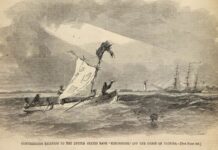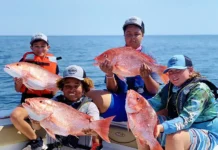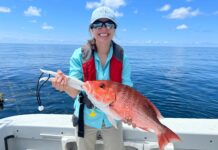Today, the Florida Fish and Wildlife Conservation Commission (FWC) approved staff’s recommendation to update Gopher Tortoise Permitting Guidelines.
The goal of the update is to better protect gopher tortoises by incentivizing relocations to protected recipient sites, clearly defining roles and responsibilities in the relocation process, and clarifying other provisions in the guidelines.
Key revisions and information included in the guidelines were presented at two public webinars where FWC staff collected feedback from participants. Staff reviewed feedback and incorporated edits as necessary before bringing an updated version to the FWC Commissioners for approval.
The permitting guidelines support the Gopher Tortoise Management Plan, which was created by the FWC with the ultimate goal of restoring and maintaining secure, viable populations of gopher tortoises throughout Florida, so the species no longer warrants state listing.
The Gopher Tortoise Management Plan and associated Guidelines provide the management framework for gopher tortoise conservation in Florida. Gopher Tortoise Permitting Guidelines clarify protections, outline activities where permits are needed, provide methods and qualifications for individuals conducting gopher tortoise relocation, and outline requirements for sites that receive gopher tortoises. The initial Guidelines were approved in 2008 and several revisions over the years have allowed for continued improvement in the permitting process and in conservation for the species.
In Florida, the gopher tortoise is state-listed as Threatened. Both the tortoise and its burrow are protected under state law. Property owners must obtain permits from the FWC before land clearing or development takes place, and tortoises must be captured and relocated to FWC-authorized recipient areas.
In October, the U.S. Fish and Wildlife Service announced the decision to maintain the current federal status of the gopher tortoise and not federally list this species in the eastern portion of its range, including in Florida. This decision was directly related to the FWC and partners’ successful conservation efforts, including establishing important protections for this species and collecting valuable population and life history information.
The gopher tortoise occurs in parts of all 67 Florida counties and in neighboring states. The tortoise is known as a keystone species, and its burrows serve as important refuges for hundreds of native animals including imperiled species such as the Eastern indigo snake and the Florida burrowing owl. To learn more about gopher tortoises and the FWC’s Gopher Tortoise Program, visit MyFWC.com/GopherTortoise















































